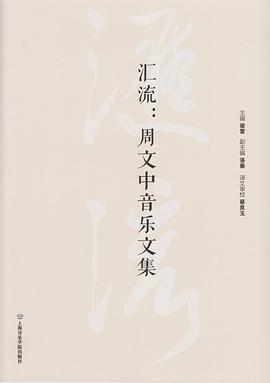Writing Ethnographic Fieldnotes
内容简介
In this companion volume to John van Maanen's "Tales of the Field", three scholars reveal how the ethnographer turns direct experience and observation into written fieldnotes upon which an ethnography is based. Drawing on years of teaching and field research experience, the authors develop a series of guidelines, suggestions and practical advice about how to write useful fieldnotes in a variety of settings, both cultural and institutional. Using actual, unfinished "working" notes as examples, they illustrate options for composing, reviewing and working fieldnotes into finished texts. They discuss different organizational and descriptive strategies, including evocation of sensory detail, synthesis of complete scenes, the value of partial versus omniscient perspectives and of first-person versus third-person accounts. Of particular interest is the authors' discussion of notetaking as a mindset. They show how transforming direct observations into vivid descriptions results not simply from good memory but more crucially from learning to envision scenes as written. A good ethnographer, they argue, must learn to remember dialogue and movement like an actor, to see colours and shapes like a painter, and to sense moods and rhythms like a poet. The authors also emphasize the ethnographer's core interest in presenting the perceptions and meanings which the people studied attach to their own actions. They demonstrate the subtle ways that writers can make the voices of people heard in the texts they produce. Finally, they analyze the "processing" of fieldnotes - the practice of coding notes to identify themes and methods for selecting and weaving together fieldnote excerpts to write a polished ethnography. This book, however, is more than a "how-to" manual. The authors examine writing fieldnotes as an interactive and interpretive process in which the researcher's own commitments and relationships with those in the field inevitably shape the character and content of those fieldnotes. They explore the conscious and unconscious writing choices that produce fieldnote accounts. And they show how the character and content of these fieldnotes inevitably influence the arguments and analyses the ethnographer can make in the final ethnographic tale. This book shows that note-taking is a craft that can be taught. Along with "Tales of the Field" and George Marcus and Michael Fisher's "Anthropology as Cultural Criticism", "Writing Ethnographic Fieldnotes" should provide an essential tool for students and social scientists alike.
......(更多)
作者简介
......(更多)
目录
......(更多)
读书文摘
田野研究者必然要走出去接近他人的活动和日常经历。“接近”至少要求研究者从身体上以及社会意义上接近他人生活和活动中的日常行动。
这种参与(沉浸)不可避免地要求研究者经受某种程度的再社会化。通过与一群人共同生活,田野研究者“进入被研究者的意义世界,参与他们组织的活动,感受到他们的道德约束”。 没有一个田野工作者可以是完全中立而孤立的观察者,处于被观察的现象之外,并且不依赖于它。
......(更多)






